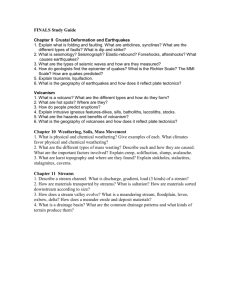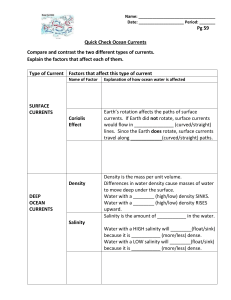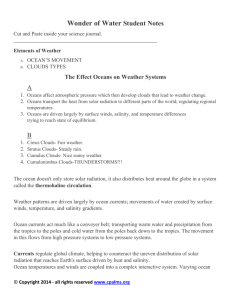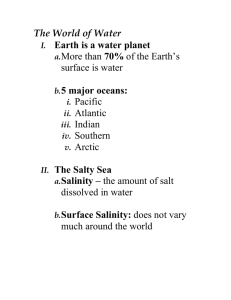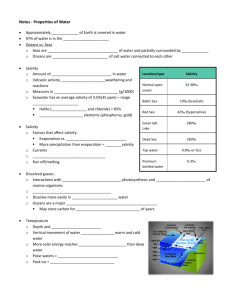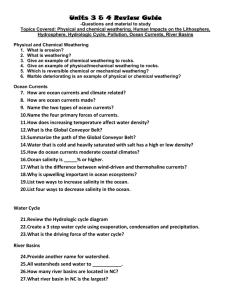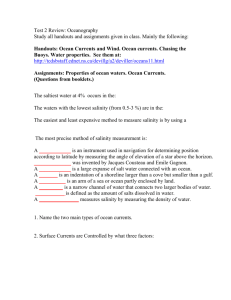Chapter 10 Weathering, Soils, Mass Movement
advertisement
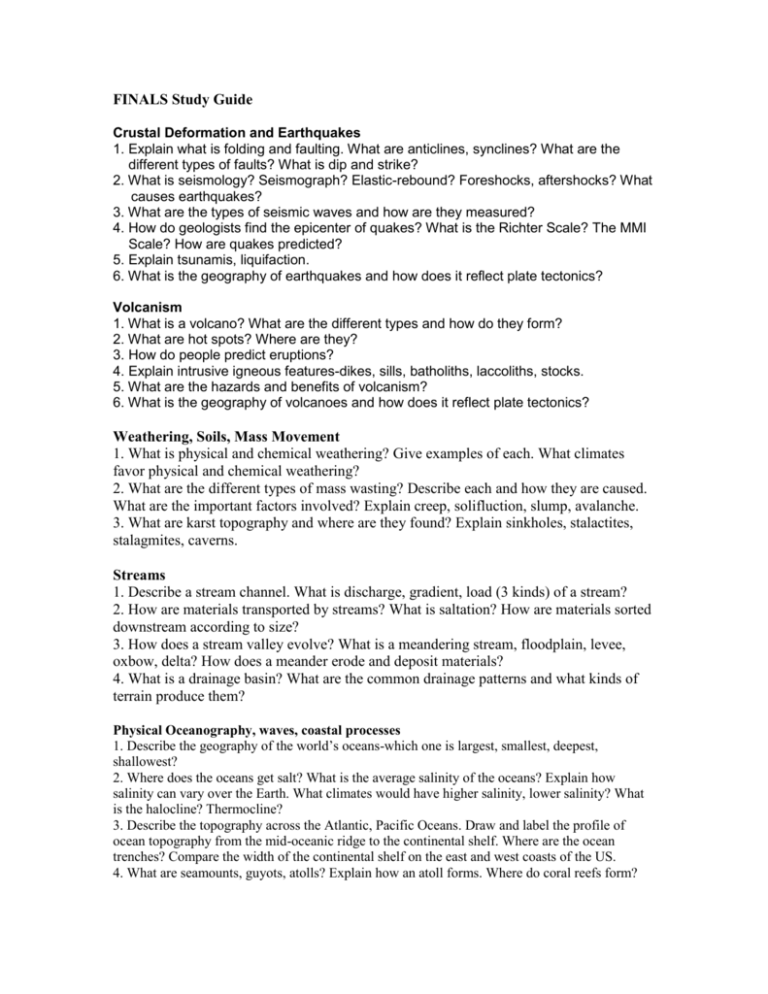
FINALS Study Guide Crustal Deformation and Earthquakes 1. Explain what is folding and faulting. What are anticlines, synclines? What are the different types of faults? What is dip and strike? 2. What is seismology? Seismograph? Elastic-rebound? Foreshocks, aftershocks? What causes earthquakes? 3. What are the types of seismic waves and how are they measured? 4. How do geologists find the epicenter of quakes? What is the Richter Scale? The MMI Scale? How are quakes predicted? 5. Explain tsunamis, liquifaction. 6. What is the geography of earthquakes and how does it reflect plate tectonics? Volcanism 1. What is a volcano? What are the different types and how do they form? 2. What are hot spots? Where are they? 3. How do people predict eruptions? 4. Explain intrusive igneous features-dikes, sills, batholiths, laccoliths, stocks. 5. What are the hazards and benefits of volcanism? 6. What is the geography of volcanoes and how does it reflect plate tectonics? Weathering, Soils, Mass Movement 1. What is physical and chemical weathering? Give examples of each. What climates favor physical and chemical weathering? 2. What are the different types of mass wasting? Describe each and how they are caused. What are the important factors involved? Explain creep, solifluction, slump, avalanche. 3. What are karst topography and where are they found? Explain sinkholes, stalactites, stalagmites, caverns. Streams 1. Describe a stream channel. What is discharge, gradient, load (3 kinds) of a stream? 2. How are materials transported by streams? What is saltation? How are materials sorted downstream according to size? 3. How does a stream valley evolve? What is a meandering stream, floodplain, levee, oxbow, delta? How does a meander erode and deposit materials? 4. What is a drainage basin? What are the common drainage patterns and what kinds of terrain produce them? Physical Oceanography, waves, coastal processes 1. Describe the geography of the world’s oceans-which one is largest, smallest, deepest, shallowest? 2. Where does the oceans get salt? What is the average salinity of the oceans? Explain how salinity can vary over the Earth. What climates would have higher salinity, lower salinity? What is the halocline? Thermocline? 3. Describe the topography across the Atlantic, Pacific Oceans. Draw and label the profile of ocean topography from the mid-oceanic ridge to the continental shelf. Where are the ocean trenches? Compare the width of the continental shelf on the east and west coasts of the US. 4. What are seamounts, guyots, atolls? Explain how an atoll forms. Where do coral reefs form? 5. What causes the ocean surface currents? The deep ocean currents? Why do currents form gyres? What is the Coriolis force? What is upwelling and downwelling and why are they important? What is El Nino, La Nina? 6. Explain what causes tides. What are spring, neap tides? Tidal bore? Tidal wave? 7. Draw or explain the characteristics of waves-crest, trough, length, period. What is fetch? 8. Explain wave erosion on a headland. How do waves tend to straighten coastlines? 9. Describe coastal erosional features: wave-cut cliffs, sea caves, sea stacks, sea arches. 10. Describe coastal depositional features: spit, tombolo, baymouth bar, barrier islands. How is sand transported by longshore currents? 11. What are groins, jetties, estuaries, fjords, emergent and submergent coasts?
